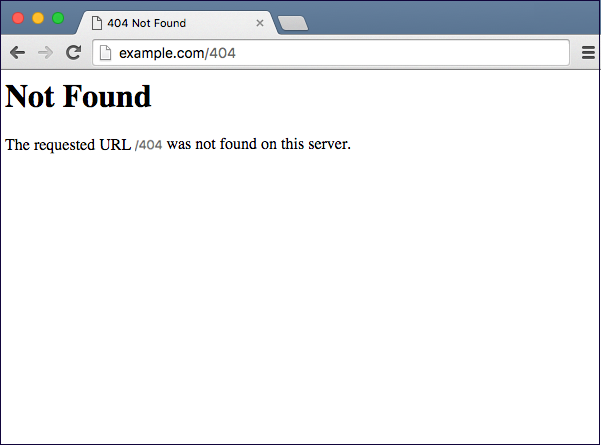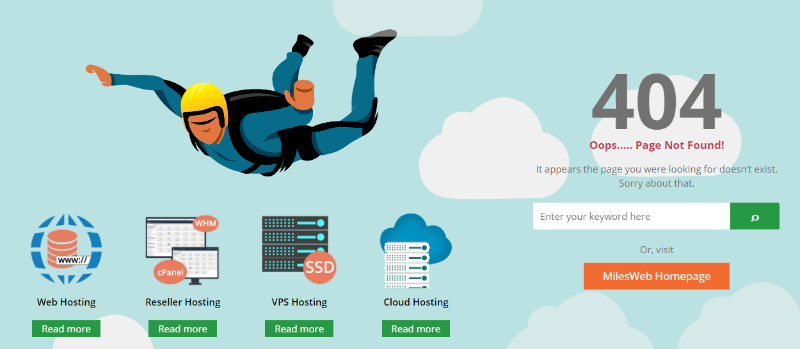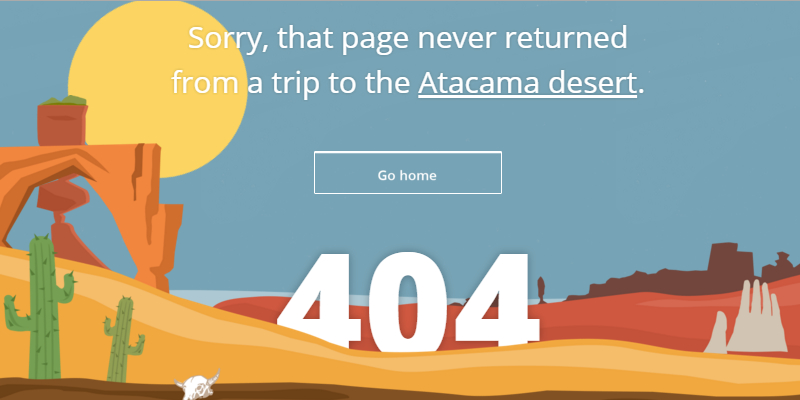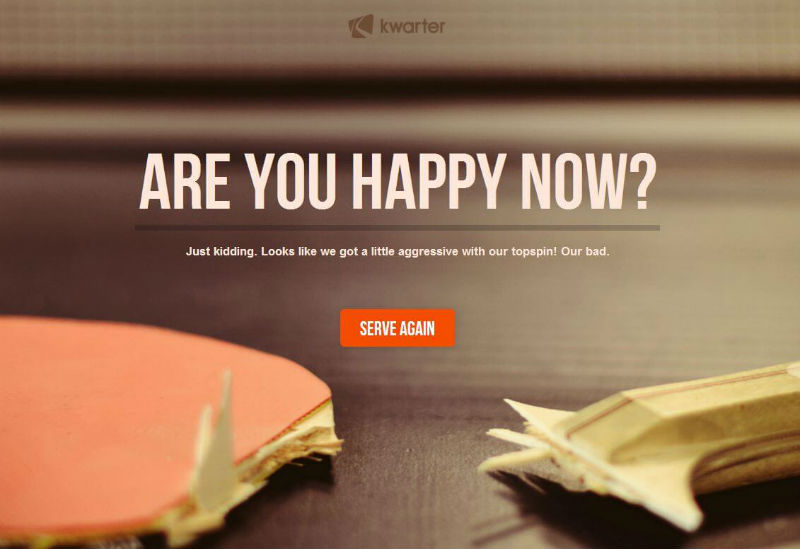
You’ve probably come across a lot of interesting 404 pages on the internet! So, what is a 404 error page? If you click on a broken link or try to access a website page that does not exist, you will see a 404 error page.
This means that the website is still operational, but a specific page within the website no longer exists. If you return to the website and update it regularly to protect it, there will come a time when your website visitors will encounter a 404 page.
Whatever the reason for the 404 page on your website, it is critical that when a visitor hits the 404 page, they are directed back to your website; otherwise, you risk losing website visitors who land on the 404 page.
What is the significance of having a 404 page? What is the purpose of a 404 page?
The main goal of having a 404 page is to keep visitors on your website even if they try to access a page that does not exist or has been removed.
When a 404 page is designed creatively and with a purpose, visitors who access the 404 page will not leave your website; instead, they will stay and look around.
How does a ‘404 error’ page occur?
The most common cause of an error 404 notice is when website content is removed or relocated to another URL. There could also be other causes for an error message to occur. These are some examples:
-
The URL or its contents (such as files and photos) has been removed or relocated (without adjusting internal links accordingly)
-
The URL was incorrectly written (during the construction process or after a redesign), incorrectly connected, or incorrectly input into the browser.
-
The website’s server is not operational, or the connection is broken.
-
The domain name system is unable to translate the specified domain name to an IP address (DNS)
-
The domain name supplied does not exist (anymore)
Web hosting operators are unaware that the linked content has been deleted or relocated, dead links are frequently left for extended periods.
Many websites continue to appear in search engine results pages (SERPs) even though they are no longer available online (or at least not at the specified URL).
Other linked websites, such as blogs and news portals, are frequently unaware that the site has been removed or has a new URL.
Many website owners do not check their external links regularly, so a working link can quickly become a dead one.
Here’s an example of a generic 404 page that hasn’t been creatively designed:
If you are the website owner or a tech-savvy person, you will understand why a 404 page is returned on your website; however, your website visitors may not.
They may not understand how a website works, so a generic 404 page that contains plain text and is not creatively designed may leave your visitors frustrated and unwilling to return.
A visitor may wonder why there is 404 error page and what it even means in the image above. The 404 page shown above also does not provide the user with a link to another page.
Visitors to your website may encounter a 404 page even if they mistype a word or misspell a letter; therefore, you should avoid having a generic 404 page on your website and design it perfectly so that visitors are directed to the correct page on your website.
Here are some examples of 404-page artwork!
It is critical to devote time to customizing your website’s 404 page.
For your convenience, here are some screenshots of some custom-designed 404 pages:
They were incredible, weren’t they?
Tips for creating a significant and purposeful 404 page
- Get rid of all the technical language. Your website visitors don’t care why the page they want isn’t there or how the 404 error occurred. They are only concerned with getting to the desired page, so direct them to it efficiently and creatively.
- Incorporate links to your most popular blog posts and articles, as well as a link to the homepage of your website.
- Never tell your visitors that they are mistaken and have arrived at the 404 page; simply inform them that the page they are looking for cannot be found.
- Ensure the 404 page, including the navigation, has the same look and feel as the rest of your website.
- Consider including a method for visitors to report broken links.
-
You don’t want your 404 page to appear in Google search results, no matter how beautiful it is. To avoid Google and other search engines indexing your website’s 404 page, make sure your web server returns a true 404 HTTP status code when someone tries to access a missing page on your website.
-
Avoid putting a lot of clutter on your 404 page because visitors may be intimidated by a cluttered 404 page with many links. In this case, the user may get confused and leave your website immediately.
-
Use humor to lighten the mood, and even if your visitor does not get to the correct page, they will smile and be happy to follow the links you have provided.
-
The 404 page should not include any advertising or promotions from any other or external source.
-
The 404 page should be quick to load.
-
If your website caters to visitors from all over the world or those who speak multiple languages, you can create a 404 page that can be translated into multiple languages.
Some important characteristics that can be included in your 404 page to help the visitor:
Search Bar: If the page requested by the visitor has been moved, provide the user with the ‘search’ option to locate the missing page.
Contact Information: If a visitor discovers a broken link on your website or becomes disoriented due to the 404 page, it is critical to provide basic contact information. You can either use a form or provide an email address where visitors can contact you.
Menu: If a menu is included in the 404 page, visitors will take the correct path to the desired page.
Conclusion:
Although a 404 error page can be highly frustrating for your website visitors and may lead to the abandonment of your website, it is critical to consider 404 pages as a way to keep your visitors engaged and on your website. There are no restrictions on designing a 404 page, but it is essential to ensure that it serves its purpose.













